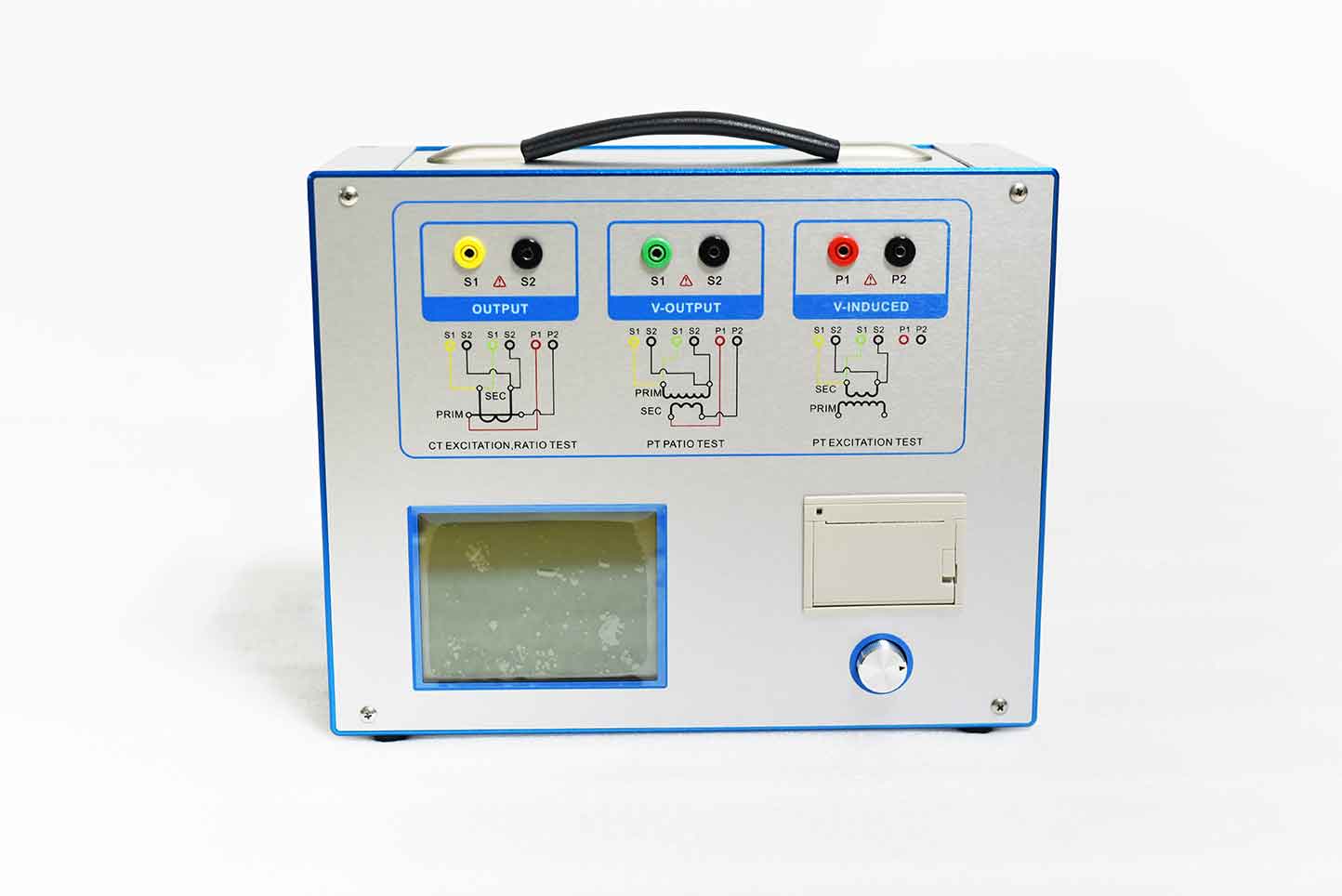We all know that voltage transformers (PT) cannot be short circuited, and current transformers (CT) cannot be open circuited. Once the voltage transformer is short circuited or the current transformer is open circuited, it can cause damage or danger to the transformer. In principle, we all know that voltage transformers and current transformers are transformers, but the parameters we focus on are different. So why cannot the same transformer be short circuited while the other cannot be open circuited?
During normal operation, the secondary coil of the voltage transformer (PT) is equivalent to an open circuit, with a high impedance ZL. If the secondary circuit is short circuited, the impedance ZL quickly drops to almost zero. At this point, the secondary circuit will generate a large short-circuit current, which will damage the secondary equipment and even endanger personal safety. Voltage transformers (PT) can be equipped with fuses on the secondary side to protect themselves from damage caused by secondary side short circuits. If possible, fuses should also be installed on the primary side to protect the high-voltage power grid from endangering the safety of the primary system due to faults in the high-voltage winding or outgoing line of the transformer.

When the current transformer (CT) operates normally, the impedance ZL is very small, which is equivalent to the secondary coil working in a short circuit state. The magnetic electromotive force generated by the secondary current demagnetizes the magnetic electromotive force generated by the primary current. The excitation current is very small, and the total magnetic flux in the iron core is very small. The induced electromotive force of the secondary winding does not exceed several tens of volts. If the secondary side is open, the secondary current is equal to zero, and the demagnetization effect disappears, but the primary coil ε 1 remains unchanged, and the primary current completely becomes the excitation current, resulting in the magnetic flux in the iron core Φ The increase sharply increases, and the core is in a highly saturated state. In addition, a large number of turns in the secondary winding can generate high voltage (even thousands of volts) at both ends of the secondary winding, which not only damages the insulation of the secondary winding but also seriously endangers personal safety Therefore, it is absolutely not allowed to open the secondary side of the current transformer.
The two voltage transformers (PT) and current transformers (CT) are essentially transformers. Potential transformers (PT) focus on changes in voltage, while current transformers focus on changes in current. So why cannot the current transformer operate in an open circuit and the voltage transformer operate in a short circuit for the same transformer?

During normal operation, ε 1 and ε 2 remains unchanged. The primary side of a voltage transformer (PT) is connected in parallel in the circuit, with a relatively high voltage and low current. During normal operation, the secondary side current is also very small, almost zero, forming a relatively balanced secondary circuit with the open circuit infinite impedance in the circuit. When the secondary impedance rapidly decreases to a short circuit, due to ε If 2 remains unchanged, the secondary current will rapidly increase and burn out the secondary coil.
Similarly, during normal operation, ε 1 and ε 2 remains unchanged. The primary side of the current transformer is connected in series in the circuit, with a relatively high current and a very low voltage. During normal operation, the voltage on the secondary side is also very small, almost zero, forming a balance with the infinitesimal impedance of the short circuit in the secondary circuit. When the impedance of the secondary circuit rapidly increases to an open circuit, the secondary current rapidly decreases to 0, and the primary current is completely converted into excitation current, leading to a rapid increase in magnetic flux saturation and burning of the transformer. So the same transformer, different applications, will have different results.
Kvtester Electronics Technology Co.,Ltd. is a high-tech enterprise specializing in power testing, testing, research and development, production, and sales of testing equipment. It has been engaged in the electrical testing industry for many years, and its products are of high quality. We welcome customers to come and purchase.






